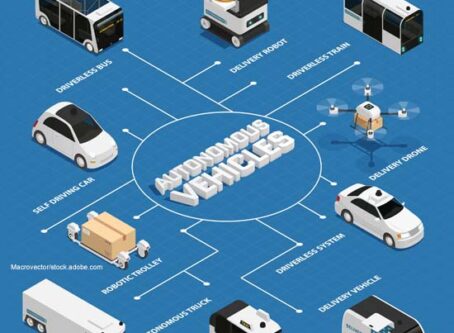Biden calls for 50% zero-emissions vehicle sales by 2030
President Joe Biden signed an executive order that addresses vehicle emissions, including a target to make half of new vehicles sold in 2030 zero-emissions vehicles and setting stricter tailpipe standards for all vehicles.
In his efforts to address the climate, a White House administration immediate priority, Biden’s executive order signed on Thursday, Aug. 5, sets an ambitious target to increase the share of zero-emissions vehicles. Specifically, Biden wants electric vehicles to represent half of new vehicles sold in 2030. Qualifying vehicles include battery electric, plug-in hybrid electric and fuel cell electric vehicles. The executive order also gets the ball rolling to set stricter federal tailpipe standards, including those for heavy-duty vehicles.
Zero-emissions vehicle sales target
Manufacturers are backing Biden’s zero-emissions vehicles target. According to a White House fact sheet, automakers representing nearly the entire U.S. auto market have pledged to set a goal of reaching 40-50% zero-emissions vehicle sales share by 2030.
“Our recent product, technology, and investment announcements highlight our collective commitment to be leaders in the U.S. transition to electric vehicles,” Ford, GM and Stellantis said in a joint statement. “This represents a dramatic shift from the U.S. market today that can be achieved only with the timely deployment of the full suite of electrification policies committed to by the administration in the Build Back Better Plan, including purchase incentives, a comprehensive charging network of sufficient density to support the millions of vehicles these targets represent, investments in R&D, and incentives to expand the electric vehicle manufacturing and supply chains in the United States.”
At least part of the logic behind the executive order is to keep up with and supersede China’s corner on the zero-emissions vehicle market. According to the White House, private investors are flocking to countries that are heavily investing in electric vehicles and their parts and materials. A nearly 10-year target date gives U.S. manufacturers time to make updates that satisfy the Build Back Better agenda, increases domestic manufacturing with unions workers and do not strand assets.
Biden’s 2030 zero-emissions vehicle target is non-binding for both consumers and automakers.
Reversal of Trump-era emission standards
In addition to setting a zero-emissions vehicle sales target, Biden’s executive order also directs the Environmental Protection Agency and the National Highway Traffic Safety Administration to address Donald Trump’s rollbacks of near-term fuel efficiency and emission standards.
In September 2019, the Trump administration announced that NHTSA and the EPA were implementing the final version of a proposed rule called Safer, Affordable, Fuel-Efficient Vehicles Rule by issuing a final action titled the “One National Program Rule.” The One National Program Rule is designed to enable a uniform national standard for fuel economy and greenhouse gas emissions for automobiles and light duty trucks.
Trump and the California Air Resources Board were going to hold negotiations regarding SAFE Vehicles rules in February 2019. However, Trump ended any attempts to compromise and moved ahead to roll back Obama-era emissions standards, including preempting stricter state emission standards.
Earlier this year, Biden made several significant moves regarding emission standards. In April, NHTSA filed a notice of proposed rulemaking to repeal two provisions in the Safer Affordable Fuel-Efficient Vehicles Rule established by the Trump administration.
Under the latest executive order, an NHTSA and EPA proposed rule builds on California’s zero-emissions vehicle model rather than eliminate it.
NHTSA’s proposed rule starts with model year 2024 vehicles, while the EPA’s proposed rule begins with model year 2023. The rules will impose stricter federal tailpipe standards.
Biden’s executive order lays out a schedule for development of fuel efficiency and emissions standards through at least model year 2030 for light-duty vehicles and for medium- and heavy-duty vehicles starting as early as model year 2027.
“Together, today’s announcements would put us on track to reduce greenhouse gas emissions from new passenger vehicle sales by more than 60% in 2030 compared to vehicles sold last year, and facilitate achieving the president’s goal of 50-52% net economywide greenhouse gas emission reductions below 2005 levels in 2030,” the White House said in a statement. LL









